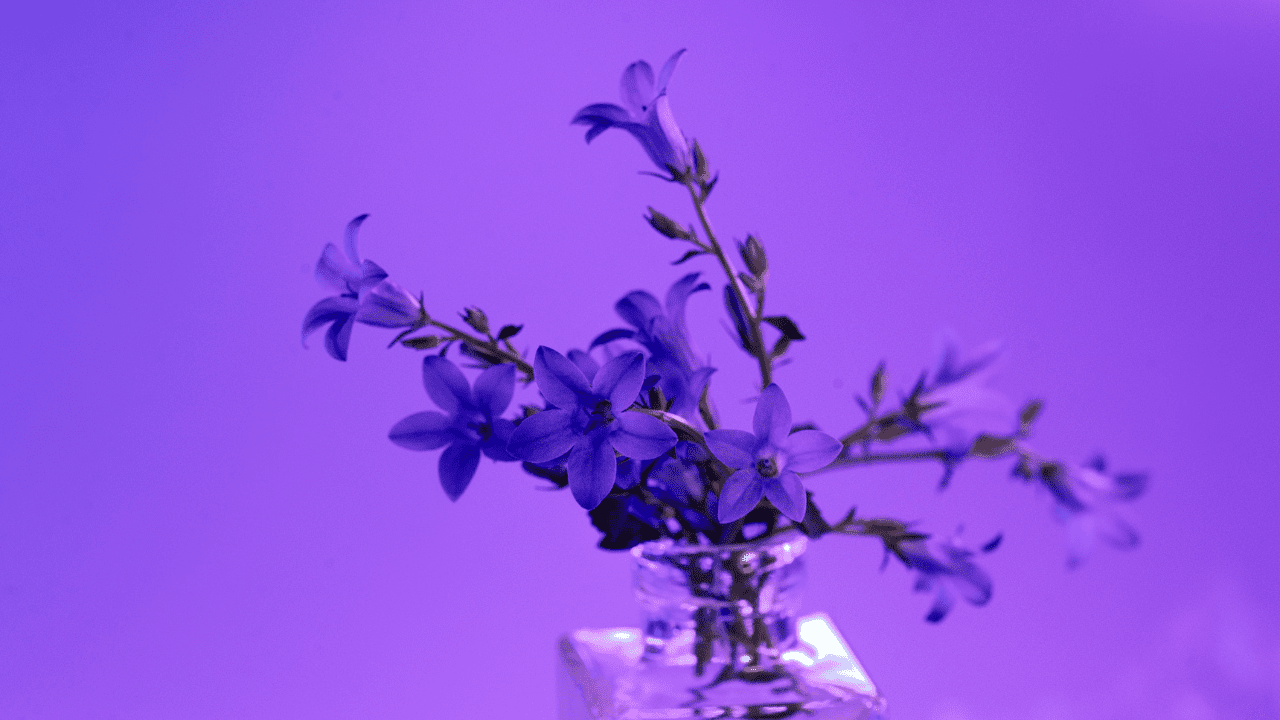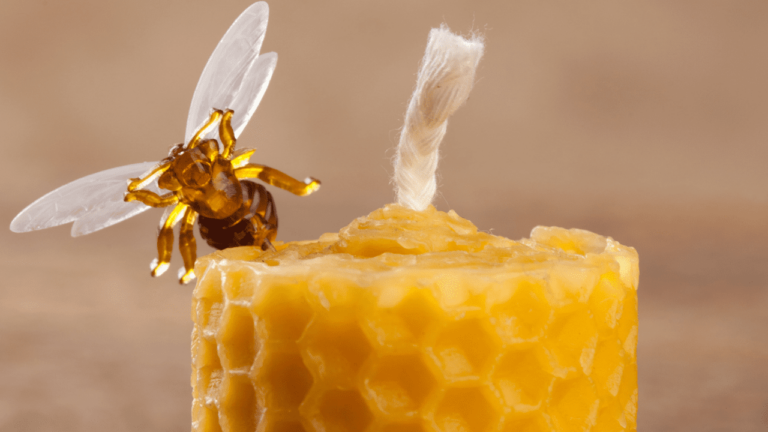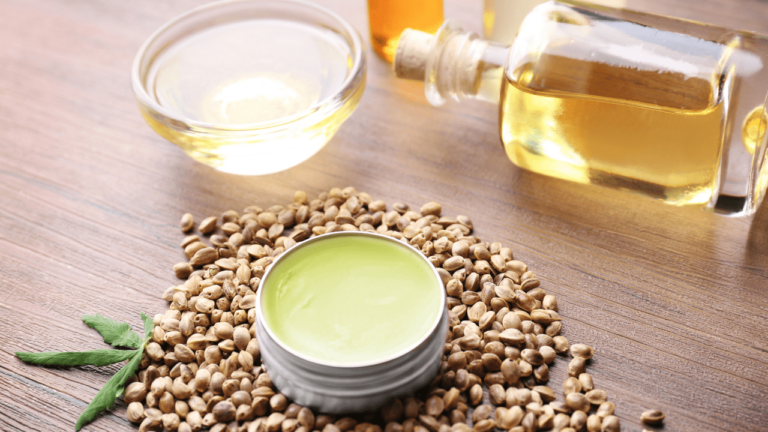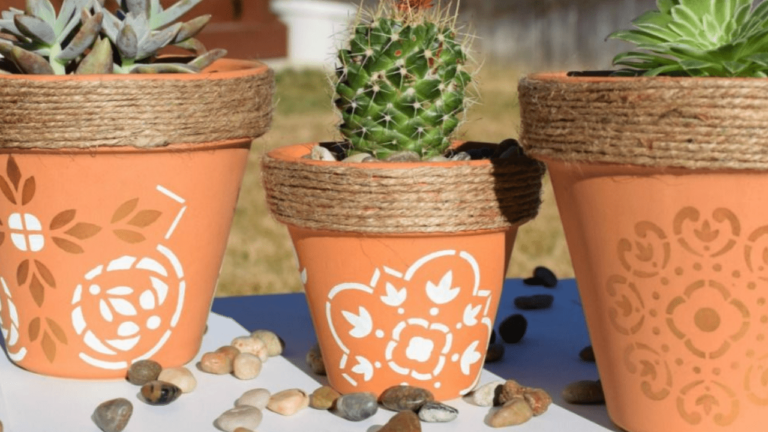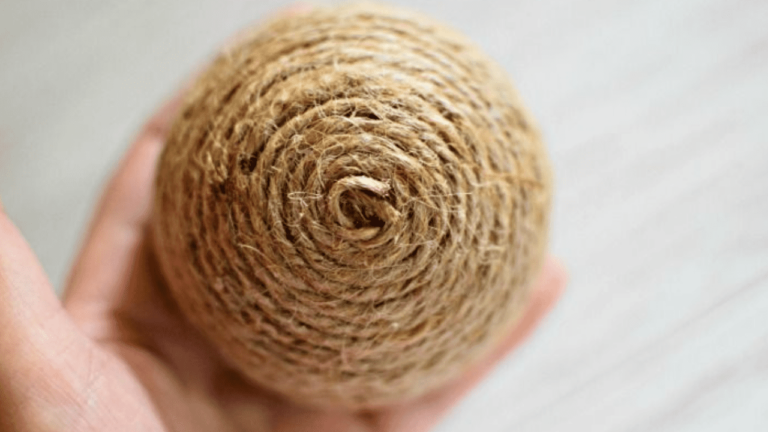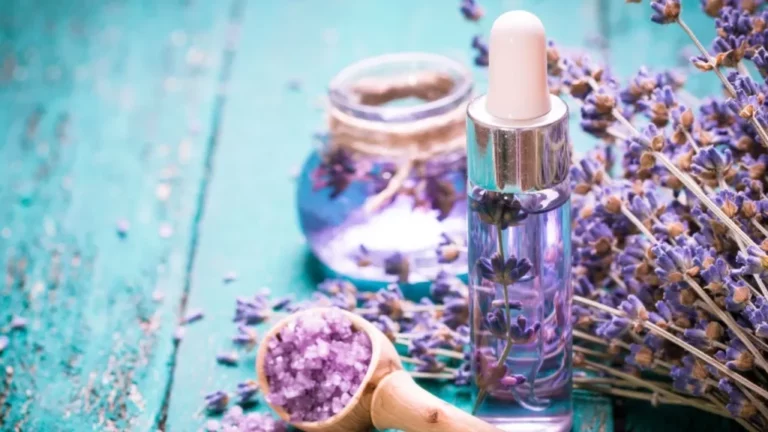How to Make Lavender with 4 Basic Colors
What Colors Make Lavender, If you’re a designer or artist, you know how important it is to choose from a wide variety of colors. However, there are situations when you don’t have access to the full palette.
Creating new colors is one of the benefits of experimenting with your color palette. If you combine red and blue, for instance, you get purple; if you increase the blue, the resulting hue will be darker, and if you increase the red, the resulting hue will be brighter.
But what if you need to produce a shade like lavender?
This piece will discuss the steps involved in creating lavender from scratch.
Defining the Lavender Color
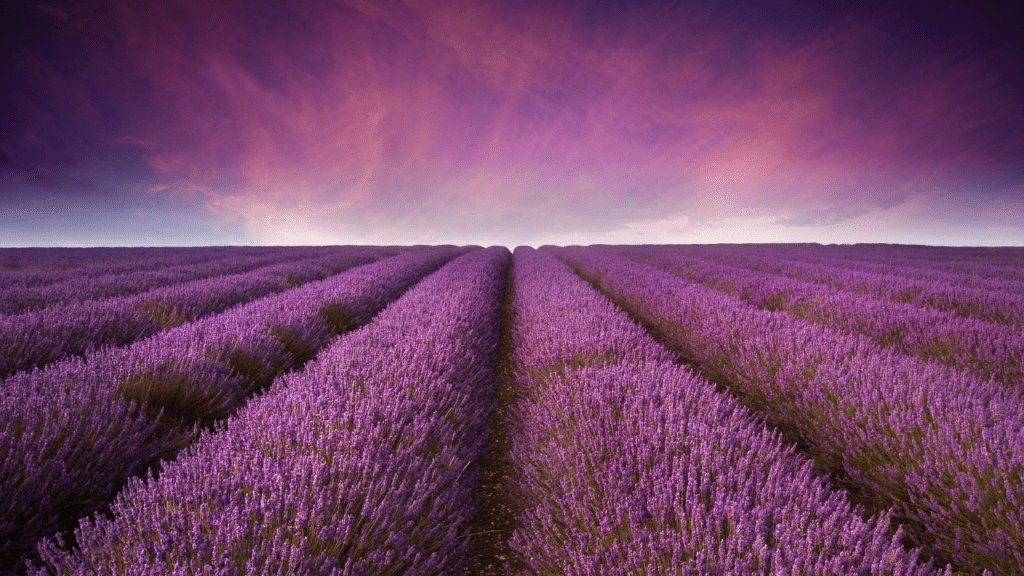
The word “lavender” refers to the well-known flowering plant whose tiny, vivid purple blossoms cluster at the end of a long stalk, while the color itself is best described as a pale shade of purple. Lavender paint is so fragrant that it’s nearly possible to smell it just by gazing at the tin. It is common knowledge that the color purple, derived from lavender, is achieved by combining red and blue. The addition of white would help to get the desired lavender hue. Although there is red in the pigment that makes up the color lavender, the overall tone of the color is bluer. However, lavender comes in a wide range of tones.
Read More: Homemade Lavender Wax Melts for Aromatherapy
A Brief View of Color Theory
To learn the process of making lavender, one must think back to their early years of schooling and exposure to the color wheel.
You undoubtedly learned about the primary color scheme as a beginner artist. Your instructor has told you that the primary colors are red, blue, and yellow.
Combining two primary colors
, you can make green, orange, and purple. When you combine secondary colors with primary ones, you get tertiary colors.
Now, you should also know that the RGB and CYMK color models are the only ones in which mixing colors to create primary colors is possible. If you combine magenta and yellow, you get red; if you combine red and green, you get yellow; and if you combine magenta and cyan, you get blue.
It’s important to realize that a wide variety of tones, hues, and tints are available. You may create a wide range of tones by mixing pure colors with white or black, respectively. Finally, combining a pure hue with gray can achieve a wide range of tones.
Read More: A Step-By-Step Guide to Making Lavender Water
How to Make the Lavender Color
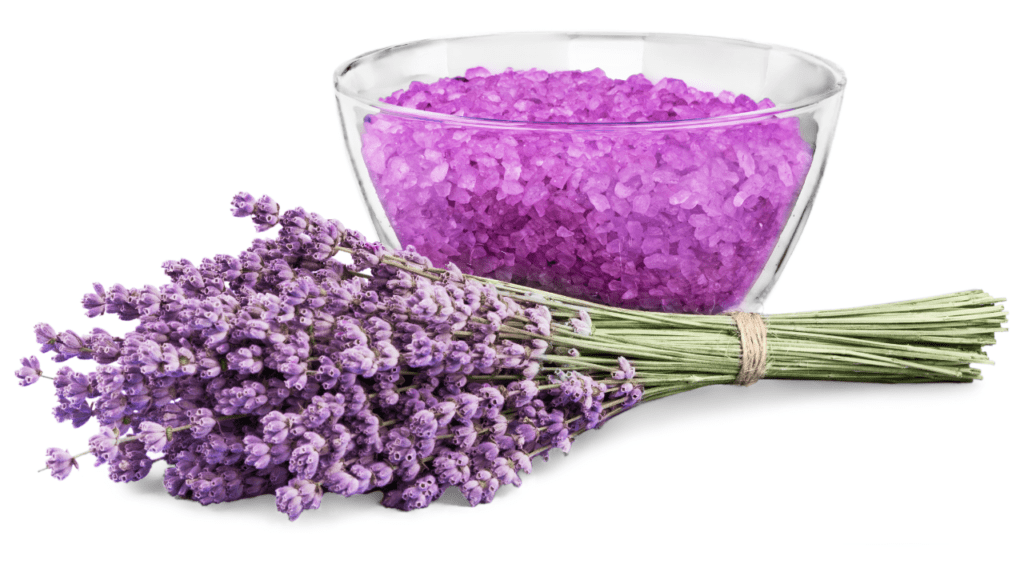
The formation of paint or color of a light purple (lavender) hue may appear daunting at first. Although many people have been taught that purple is achieved by adding red and blue, the reality is that mixing pigments often results in a completely different shade, such as purple-gray.
Lavender, sometimes known as light purple, can be achieved using any of the following methods:
Decide whether your blue or “true.”
Because all paints are made up of various colors, not just one, we often find that mixing red and blue does not produce the desired purple paint. Blue paint might have yellow and red undertones, and red paint might have yellow and orange undertones. It is common to get an unnatural shade of purple when mixing non-true blues and reds.
If you want to avoid the creation of brown when mixing blue and red paint, go for red paints that don’t have any orange or yellow touch/pigments. Find a blue shade that isn’t too dark or too light, and make sure it doesn’t have any hints of red or yellow. You can check the authenticity of your paints if you have any doubts. Spread it over a dry, pristine surface and mix in white.
What touch of color do you see? The white highlights reveal the true pigmentation of the paint. What should be there will appear pink, not peach, and the blue won’t be sea green but rather sky blue.
Combine true red and blue
Spread some blue and red onto a surface, and blend them with a mixer or a brush to achieve a deep purple color. Then, if you want a purple with a cool, grayish look, apply more blue paint; if you want a purple with a warm, pinker touch or outlook, add more red.
Next, Add white paint.
You can make purple paint by mixing blue and red, or you can make it by mixing cyan and magenta. Adding white to it can brighten and lighten its overall appearance. Start with a small amount of white and add more as necessary to achieve the desired shade.
Add both white and black.
It mixes to create a shade between gray and lavender, the intensity of which is completely up to you.
Lavender in Design
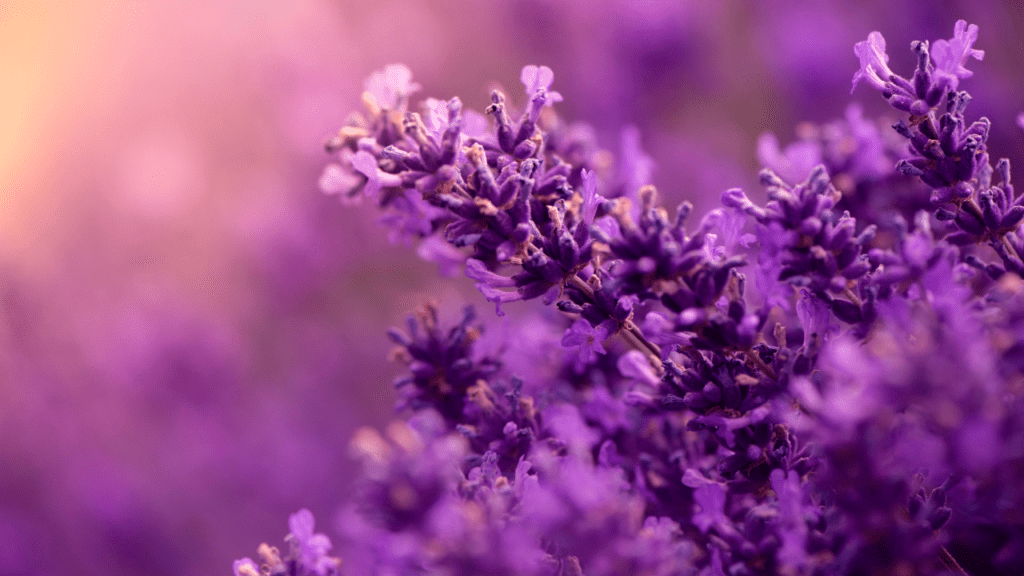
You can now incorporate your newly-created lavender into your painting or design by mixing it with red, blue, cyan, magenta, or white. Understand the color’s psychological connotations before using it in a design.
According to the science of color psychology, this shade might mean a few different things. This color scheme is commonly associated with vigor and youth. Lavender, like the flower for which it is named, expands rapidly.
Given that the flower blooms in early spring, its color can also symbolize renewal, rebirth, and vitality. Because of the positive emotional associations with youth, this shade conveys vitality and hope in addition to the physical connotations.
In addition, this shade and its relatives (purple and mauve) project an air of affluence and nobility. Lavender’s natural extraction from plants explains its origins. Purple and lavender dyes were extremely expensive and exclusively available to the ruling class.
Because the flower blooms in the spring—a time of rebirth and renewal—the color is also connected with femininity. This is a reference to women’s reproductive capabilities. Because of the color’s association with spring, it also suggests productivity.
Read More:Luxurious Homemade Floral Foot Soak Recipe
Frequently Asked Questions
Are violet and lavender the same color?
Lavender is a light purple with a blue undertone, while lilac is a pastel purple with a pink undertone; both are part of the violet-purple color family. The term lavender is often used colloquially to refer to a wide spectrum of blue-leaning purple shades.
What is the difference between lavender and light purple?
One of many names for a flower family, lavender is also used to describe a very light purple. The color lavender is created when white and violet are combined. Compared to purple, which seems deeper due to its richer red tone, lavender’s blue undertones are more prominent.
What are the two colors that makeup lavender?
The colors used are purple and white. You can get varying shades of lavender by adjusting the volume of each component; the amount you use will depend on the type of purple you want to get.
What other colors can be used with the lavender color?
Check through the color wheel to find complementary colors to pair with the pale lavender and inject much-needed contrast into the space. All the different shades of purple will become apparent to you. And there’s a wide variety of shades from yellow to green to orange. Using several different lavender tints would create a beautiful and relaxing color scheme.
